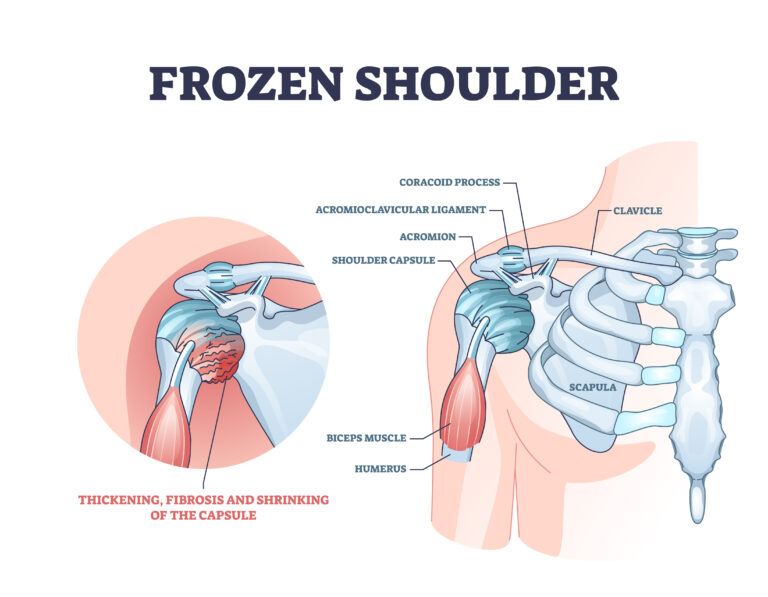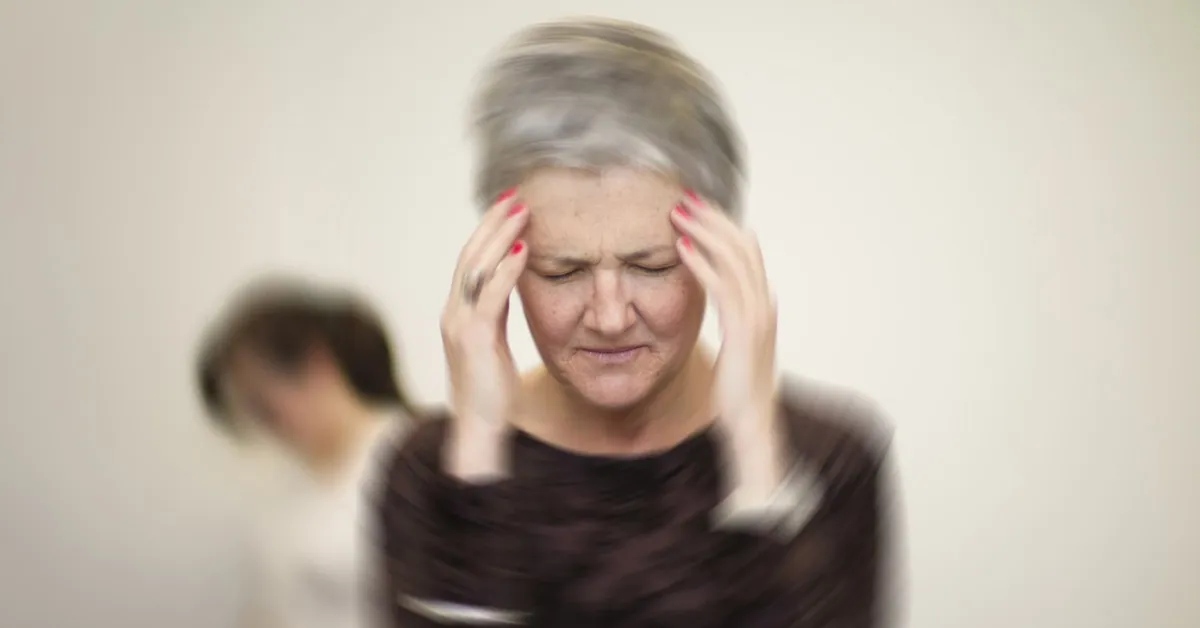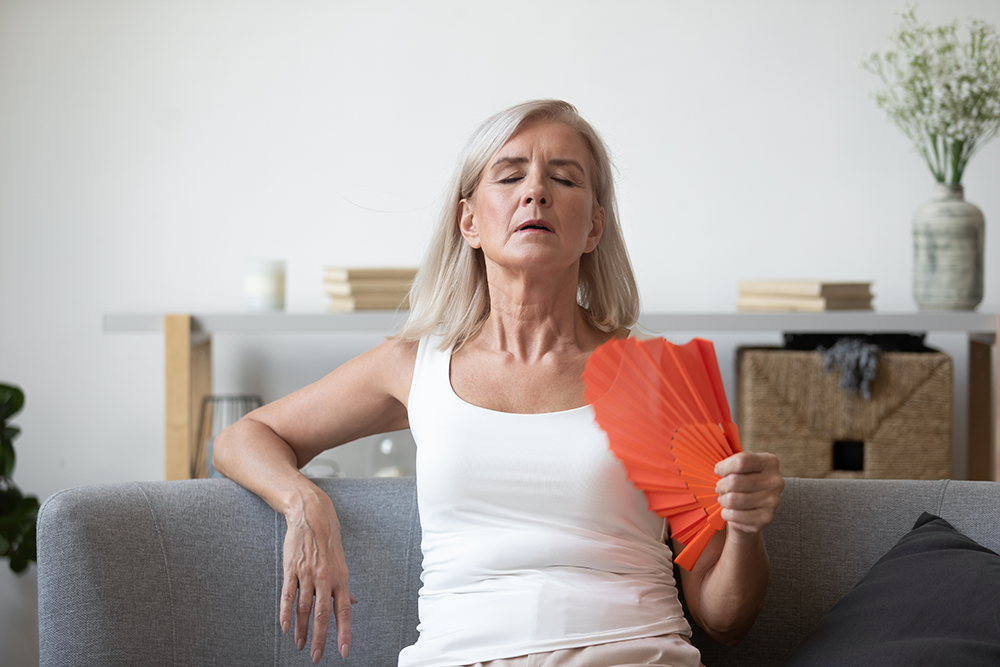Adhesive capsulitis, commonly known as frozen shoulder, is a condition characterized by stiffness, pain, and limited range of motion in the shoulder joint and involves a contracture of the shoulder capsule – a leathery bag that surrounds the ball and socket joint that holds the lubricating fluid. Adhesive capsulitis typically progresses through three stages: the freezing stage (painful stage), the frozen stage (stiff stage), and the thawing stage (recovery stage). This process can typically last 18 months to 2 years. The exact cause of adhesive capsulitis remains unclear, but it often occurs after an injury or surgery, particularly in individuals with diabetes or other systemic conditions.
If you or someone you know is dealing with adhesive capsulitis, understanding the available treatment options is crucial. This condition is generally a self limiting problem, suggesting that in most cases it will fizzle out with time. Treatments will help either speed the process up, or make the process more comfortable.
Non-Surgical Treatments
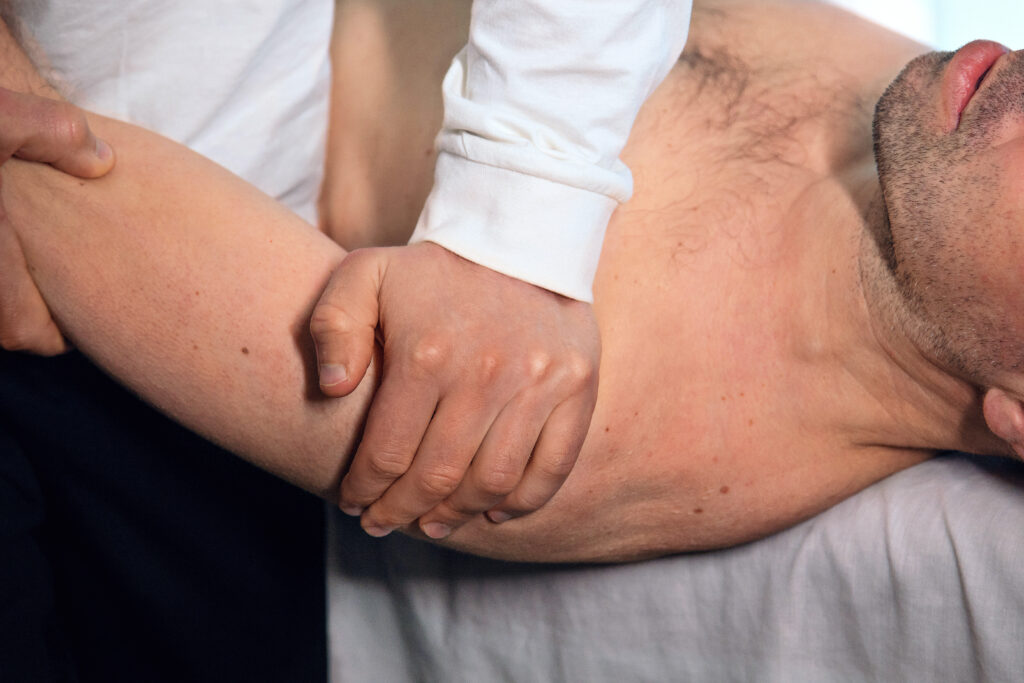
- Physiotherapy
Physiotherapy is often the first line of treatment for adhesive capsulitis. A physiotherapist can design a tailored exercise program to improve shoulder mobility and reduce pain. This may include:
Stretching Exercises: Gentle stretching exercises help to gradually improve the range of motion.
Strengthening Exercises: Once mobility improves, strengthening exercises can help support the shoulder joint.
Manual Therapy: Techniques such as joint mobilisation can enhance shoulder movement and reduce stiffness.
Reference: Kelley, M. J., & Shaffer, M. A. (2011). “Frozen Shoulder: Evidence and a Proposed Model Guiding Rehabilitation.” Journal of Orthopaedic & Sports Physical Therapy, 41(2), 111-124.
- Medications
Over-the-counter pain relievers such as NSAIDs (Non-Steroidal Anti-Inflammatory Drugs) can help reduce pain and inflammation. In more severe cases, your doctor may prescribe stronger pain medications to manage symptoms.
Reference: Dias, R., & Cutts, S. (2005). “Frozen shoulder.” BMJ, 331(7530), 1453-1456.
- Injections
Corticosteroid Injections: These can be injected directly into the shoulder joint to reduce inflammation and alleviate pain, providing relief for several weeks or months.
Hydrodilatation or Distension Arthrogram: This involves injecting a large volume of sterile fluid into the joint to stretch the shoulder capsule, which can help improve range of motion. The aim of Distension Arthrogram is to speed up the recovery process by reducing pain, improving the range of movement and restoring function. It involves the injection of intra-articular corticosteroids under x-ray control and hydraulic (saline) distension to stretch and often rupture the capsule to increase glenohumeral movement. This is performed under local anaesthetic and typically takes 15 mins. It is performed by a specialist Anaesthetist or Orthopaedic consultant.
This procedure is usually followed by a period of intensive physio to ensure maximum recovery.
Reference: Uppal, H. S., Evans, J. P., & Smith, C. (2015). “Frozen shoulder: a systematic review of therapeutic options.” World Journal of Orthopedics, 6(2), 263-268.
Buchbinder, J.M. Youd, S. Green, A. Stein, A. Forbes and A. Harris (2007). Efficacy and cost-effectiveness of physiotherapy following glenohumeral joint distension for adhesive capsulitis: a randomized trial. Arthritis Rheum 57 (6) 1027– 1037.
- Heat and Cold Therapy
Applying heat packs before stretching exercises can help loosen the shoulder, while cold packs can reduce inflammation and pain after activities.
Reference: Reeves, B. (1975). “The natural history of the frozen shoulder syndrome.” Scandinavian Journal of Rheumatology, 4(4), 193-196.
- Extracorporeal Shockwave Therapy
There is some suggestion that the application of Shockwave therapy to the shoulder might be helpful in the treatment of frozen shoulder, but there is a need for more research in this area. There are no side effects for this type of treatment, making it very safe.
Vahdatpour, B., Taheri, P., Zade, A. Z., & Moradian, S. (2014). Efficacy of extracorporeal shockwave therapy in frozen shoulder. International journal of preventive medicine, 5(7), 875–881.
Zhang, R., Wang, Z., Liu, R., Zhang, N., Guo, J., & Huang, Y. (2022). Extracorporeal Shockwave Therapy as an Adjunctive Therapy for Frozen Shoulder: A Systematic Review and Meta-analysis. Orthopaedic journal of sports medicine, 10(2), 23259671211062222.
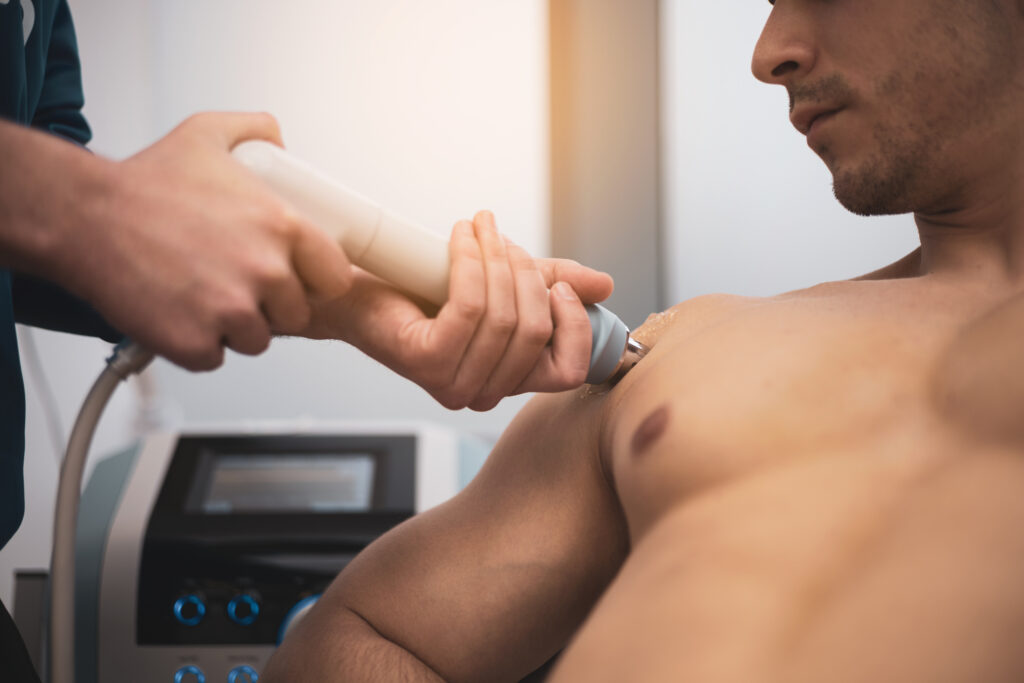
- Acupuncture
Acupuncture has been shown to provide relief for some individuals with adhesive capsulitis by reducing pain and improving shoulder function.
Reference: Sun, Y., et al. (2001). “Clinical observation on treatment of shoulder-hand syndrome with acupuncture.” Journal of Traditional Chinese Medicine, 21(4), 284-286.
Surgical Treatments
If non-surgical treatments fail to provide adequate relief, surgical options may be considered:
- Manipulation Under Anesthesic (MUA)
This procedure involves a doctor manipulating the shoulder while the patient is under general anesthesic. The goal is to break up adhesions and scar tissue, improving shoulder mobility.
Reference: Kivimäki, J., et al. (2007). “Manipulation under anesthesia with home exercises versus home exercises alone in the treatment of frozen shoulder: a randomized, controlled trial with 125 patients.” Journal of Shoulder and Elbow Surgery, 16(6), 722-726.
- Arthroscopic Capsular Release
Arthroscopic surgery is a minimally invasive procedure where small incisions are made around the shoulder, and a camera and instruments are used to cut through tight portions of the joint capsule, allowing for improved movement.
Reference: Ogilvie-Harris, D. J., & Myerthall, S. (1997). “The diabetic frozen shoulder: arthroscopic release.” Arthroscopy: The Journal of Arthroscopic & Related Surgery, 13(1), 1-8.
Alternative Therapies
- Massage Therapy
Massage therapy can help reduce muscle tension, improve blood flow, and promote relaxation, which may aid in relieving symptoms associated with adhesive capsulitis.
Reference: Hanten, W. P., et al. (2000). “Effectiveness of a mechanical massage device for increasing range of motion in patients with painful shoulders.” Clinical Rehabilitation, 14(2), 153-160.
- Yoga and Tai Chi
Yoga and Tai Chi involve gentle movements and stretching that can improve flexibility and reduce pain. These practices also promote relaxation and overall well-being.
Reference: Field, T. (2016). “Yoga research review.” Complementary Therapies in Clinical Practice, 24, 145-161.
Conclusion
Adhesive capsulitis can be a challenging condition, but with a range of treatment options available, individuals can find relief and improve their shoulder function. It’s important to work with a healthcare professional (eg physis physio) to develop a personalized treatment plan that addresses the specific needs and stage of the condition.
Whether you opt for non-surgical treatments like physiotherapy and medications, or consider medical or surgical options in more severe cases, there is hope for recovery and regaining shoulder mobility. Always consult with your doctor or physio to determine the best approach for your situation.
The positive thing is that this condition usually resolves on its own. Our treatment and advice can help the experience to be either easier or quicker, or both. If you want any more information, please give us a call.
